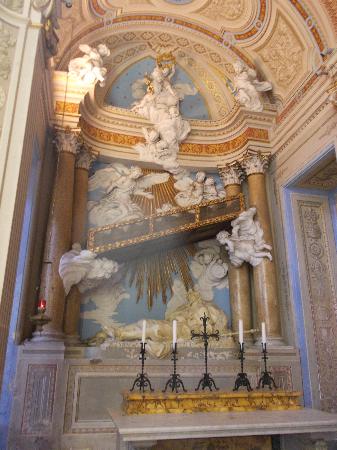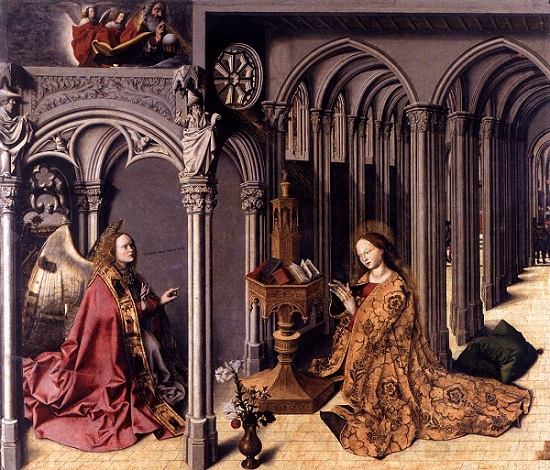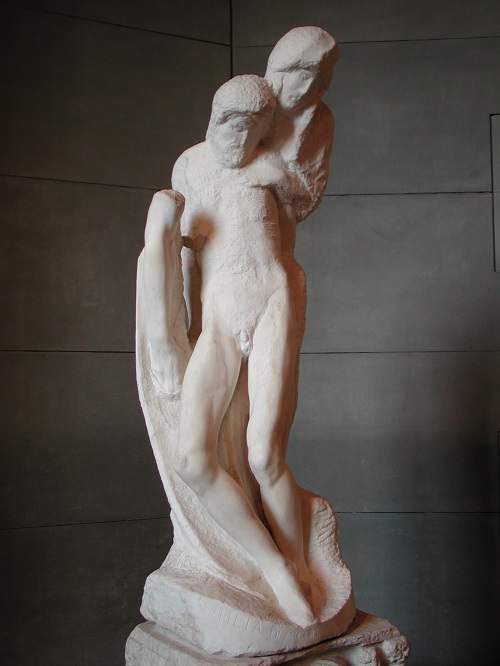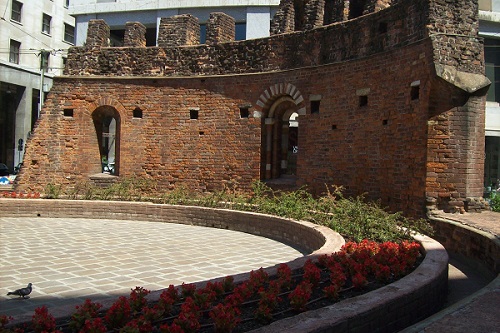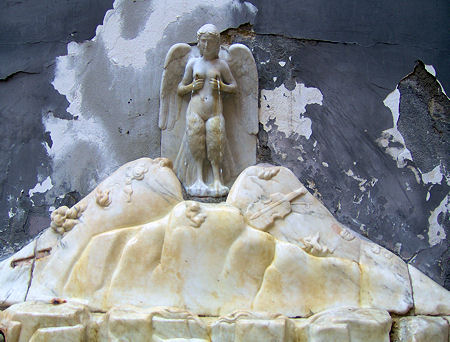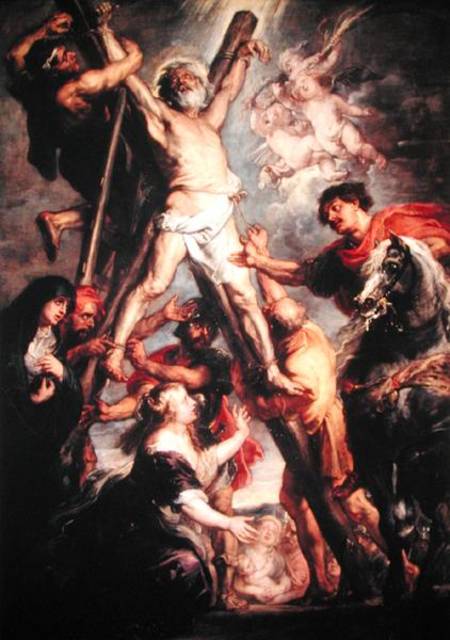
The masterpiece The Martyrdom of St Andrew by Baroque artist Peter Paul Rubens is preserved at the Fundación Carlos de Amberes (Charles of Antwerp Foundation), which even local Madrid residents are unfamiliar with. The history of this institution began in 1594 when Carols de Amberes ceded various buildings on Calle San Marcos to set up a hospice to take in pilgrims and local residents originating from what was then the Spanish Netherlands. Hence was born the hospital of San Andrés de los Flamencos and its chapel in 1606. The original building was destroyed in 1848 and a new one constructed on its present site in 1877. Today, the two pavilions of the former hospital are given over to cultural activities.
The church, in the form of a Latin cross with a vaulted nave, is itself, used as an exhibition space. You can still see the jube and the site of the fomer high altar where Ruben’s magnificent painting is hanging, still in its original frame made by the ebonists Abraham Lers and Julien Beymar, who were in the service of Philip IV. The result of a commission made in 1635 through the agency of the Palatine Printers of Antwerp, one of the benefactors of the institution, this treasure graces the high altar of San Andrés de los Flamencos chapel.
The painting, from the last period of the Felmish painter’s work, shows a dramatic scene from the martyrdom, as described in the Legenda aurea (Golden Legend), a medieval collection of hagiographies by Jacobus de Voragine. The saint is shown about to be crucified on an X-shaped cross as the soldiers are binding him, while two women beg for mercy at his feet and another soldier identifies the martyr, According to Jacobus, Andrew refused to be freed and pronounced the following words: “Why have you come? If it’s to ask for pardon, then you shall have it, but if it’s to release me and free me, don’t waste your time, it’s too late…” The colours , the lighting and facial expressions unite to create a work of great poignancy.
This Foundation, one of the oldest private European non-profit institutions, encourages cultural exchanges with the former provinces of Flanders, organising exhibitions, classical music and jazz concerts, as well as producing publications. Since Philip III agreed to be patron of the institution at the beginning of the 17the century, this responsibility has traditionally been transferred to the reigning Spanish monarch.
If you are in Madrid, this is a piece of artwork that should not be missed.
(Adapted from Secret Madrid by V.R, Muro)

